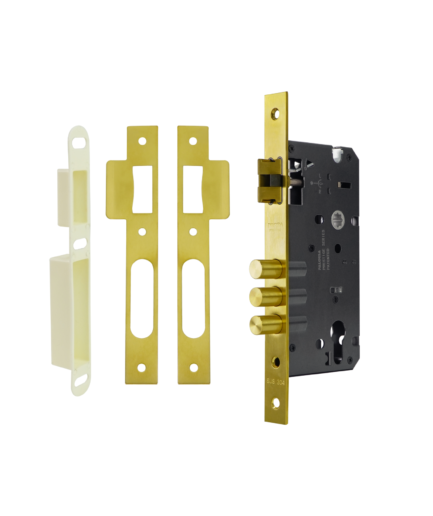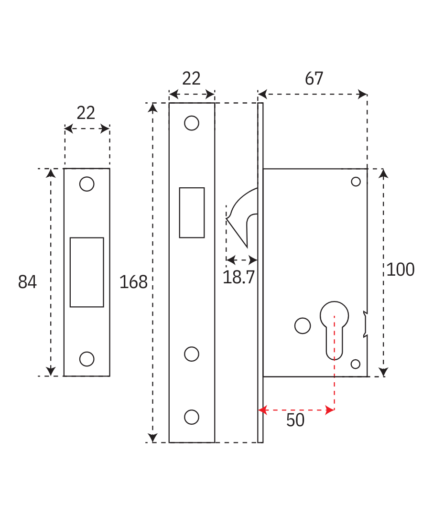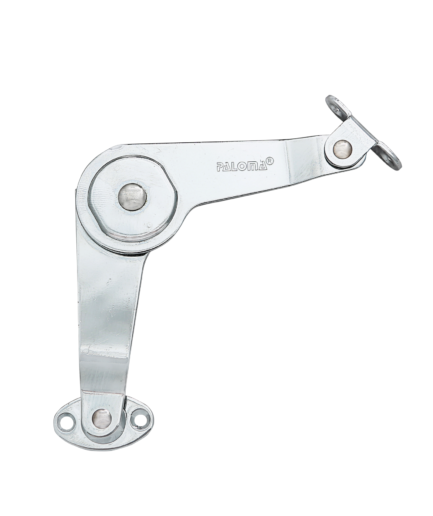The kitchen sink, often overlooked in the grand scheme of kitchen design, plays a pivotal role in both functionality and aesthetics. It’s more than just a place to wash dishes; it’s a focal point that can either elevate or detract from your kitchen’s over look. With many options available, choosing the right kitchen sink can be overwhelming. Let’s break down the key factors to consider.
Material Matters
The material of your kitchen sink will determine its durability, appearance, and maintenance requirements. Some of the most popular options include:
- Stainless Steel: A classic choice known for its durability, resistance to stains, and sleek appearance. However, it can scratch and show water spots over time.
- Cast Iron: Offers a rustic charm and excellent heat retention, making it ideal for cooking tasks. However, it’s heavy and requires regular seasoning to prevent rust.
- Fireclay: Known for its vitreous surface, fireclay sinks are extremely durable, heat-resistant, and easy to clean.
- Progranite: A unique offering from PALOMA, PROGRANITE sinks are created through a high-pressure, high-temperature casting process. This results in a sink that is exceptionally dense, strong, and durable. PROGRANITE sinks are resistant to cracks, scratches, stains, fading, heat, and cold. They are also non-toxic, food-safe, and hygienic, repelling bacteria, mold, and mildew. Additionally, they are acid and alkali resistant, have a hydrophobic effect (like a lotus leaf), and are non-porous, making them exceptionally easy to clean.
Consider Your Lifestyle
Your lifestyle will influence your choice of sink. If you’re an avid home cook, you’ll likely need a larger sink with deep basins for soaking pots and pans. A family with young children may benefit from a single-bowl sink with a lower profile to avoid spills. Consider the following:
- Frequency of use: How often do you use your kitchen sink?
- Types of dishes: Do you cook a lot of large pots and pans?
- Number of users: How many people share the kitchen?
Size and Configuration
The size and configuration of your sink will depend on the available counter space and your specific needs. Common configurations include:
- Single-bowl: Ideal for smaller kitchens or those who prefer a minimalist look.
- Double-bowl: Offers flexibility for multitasking, such as washing dishes in one side and rinsing in the other.
Mounting Style
There are three primary mounting styles for kitchen sinks:
- Undermount: The sink is installed under the countertop, creating a seamless look.
- Topmount: The sink sits on top of the countertop.
- Flushmount: The sink is installed so that the rim is flush with the countertop.
Aesthetic Appeal
Your kitchen sink should complement the overall design of your kitchen. Consider the following:
- Color: Choose a color that coordinates with your countertops and cabinetry.
- Finish: Options include brushed, polished, and satin finishes.
- Shape: Square, rectangular, or oval sinks are the most common.
Selecting the perfect kitchen sink is an important decision that can impact both the functionality and aesthetic appeal of your kitchen. By considering the material, your lifestyle, size, configuration, mounting style, and aesthetic preferences, you can make an informed choice that will serve you well for years to come.





























